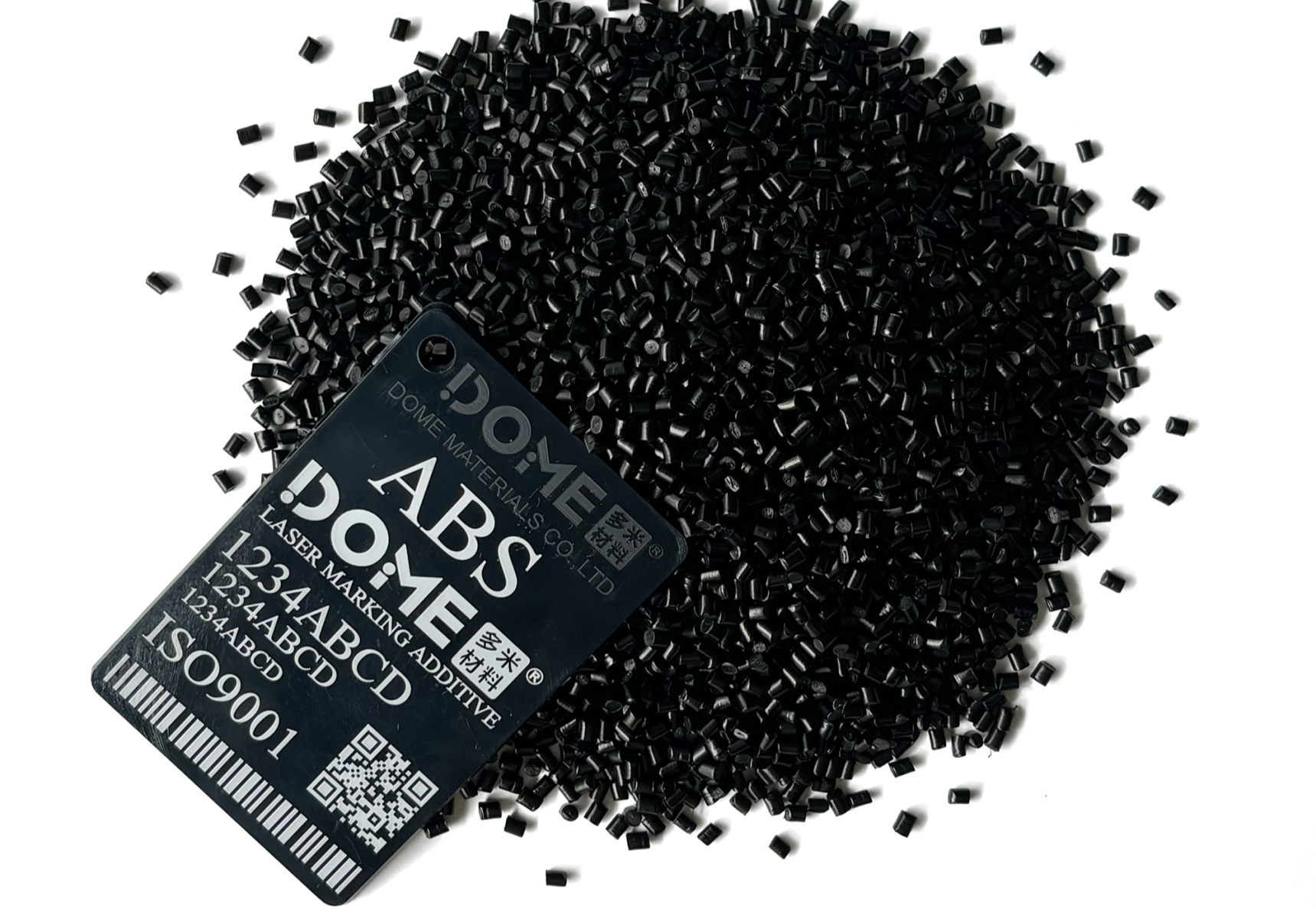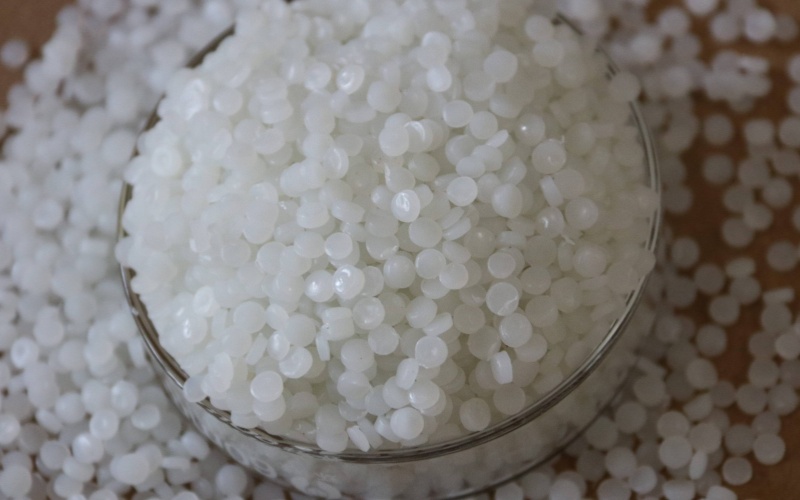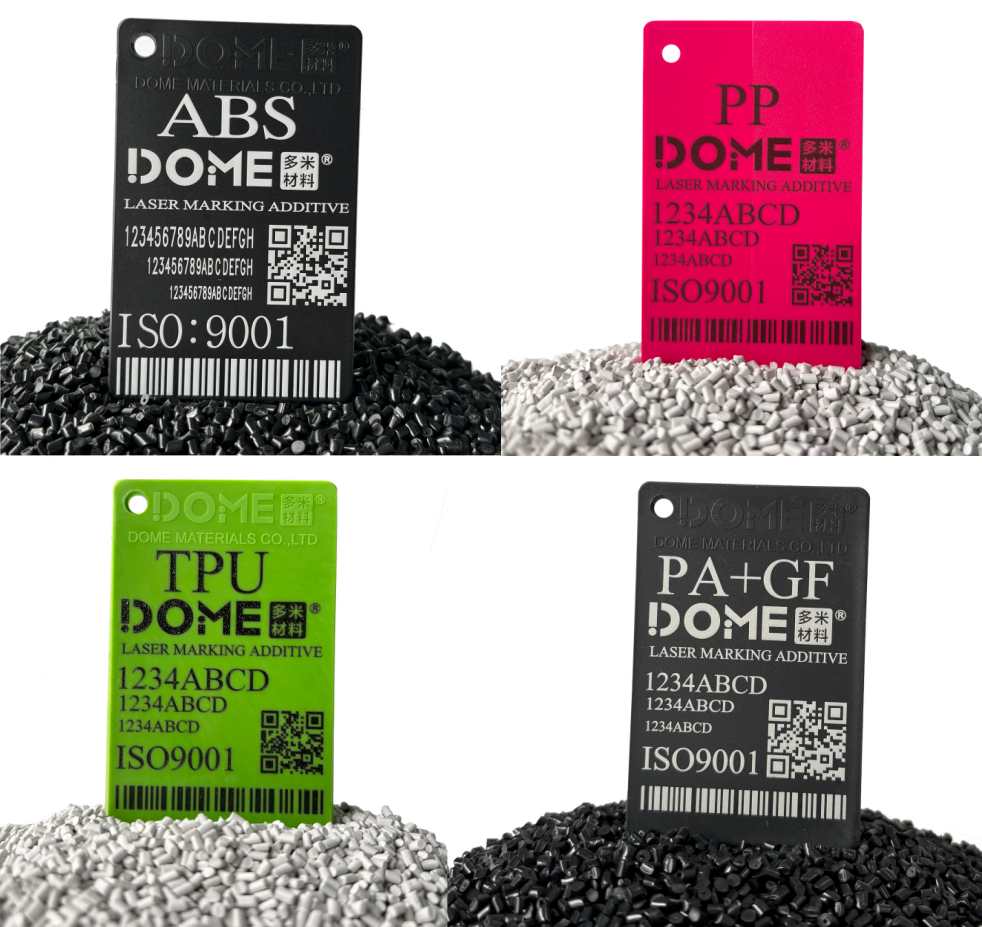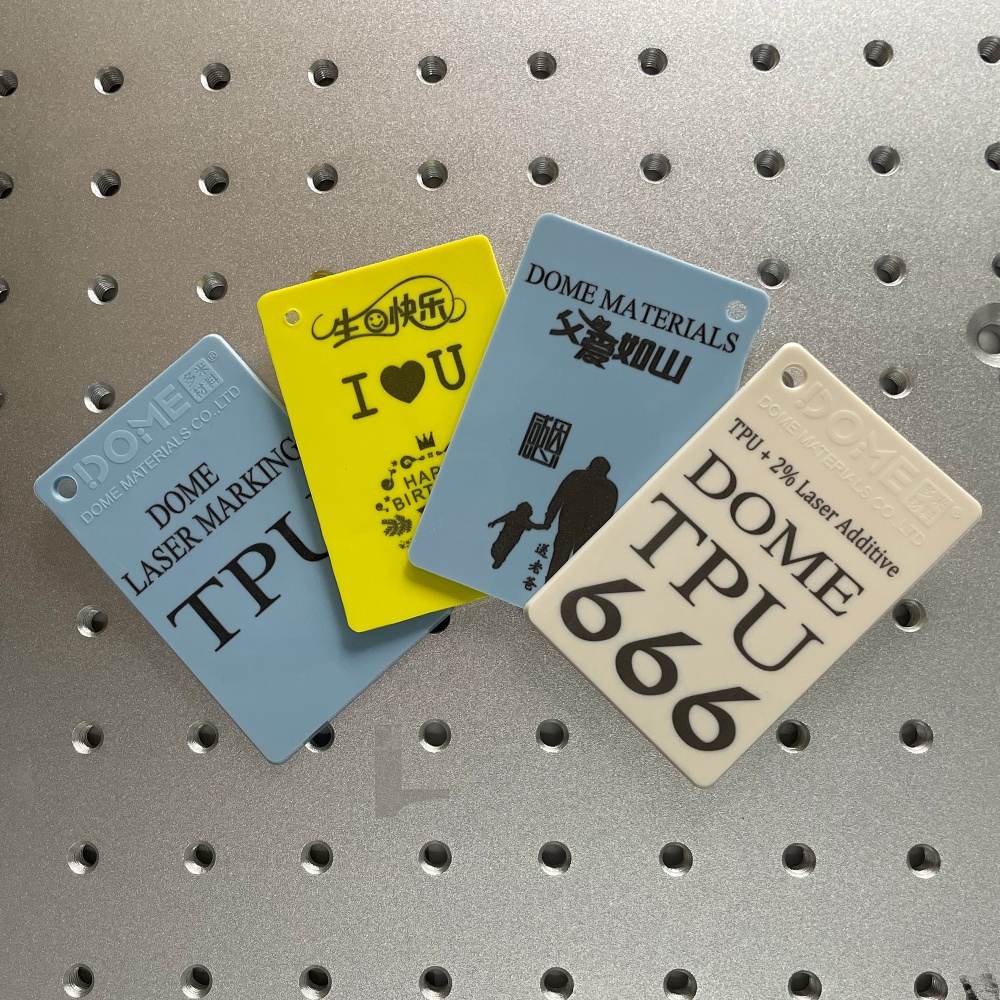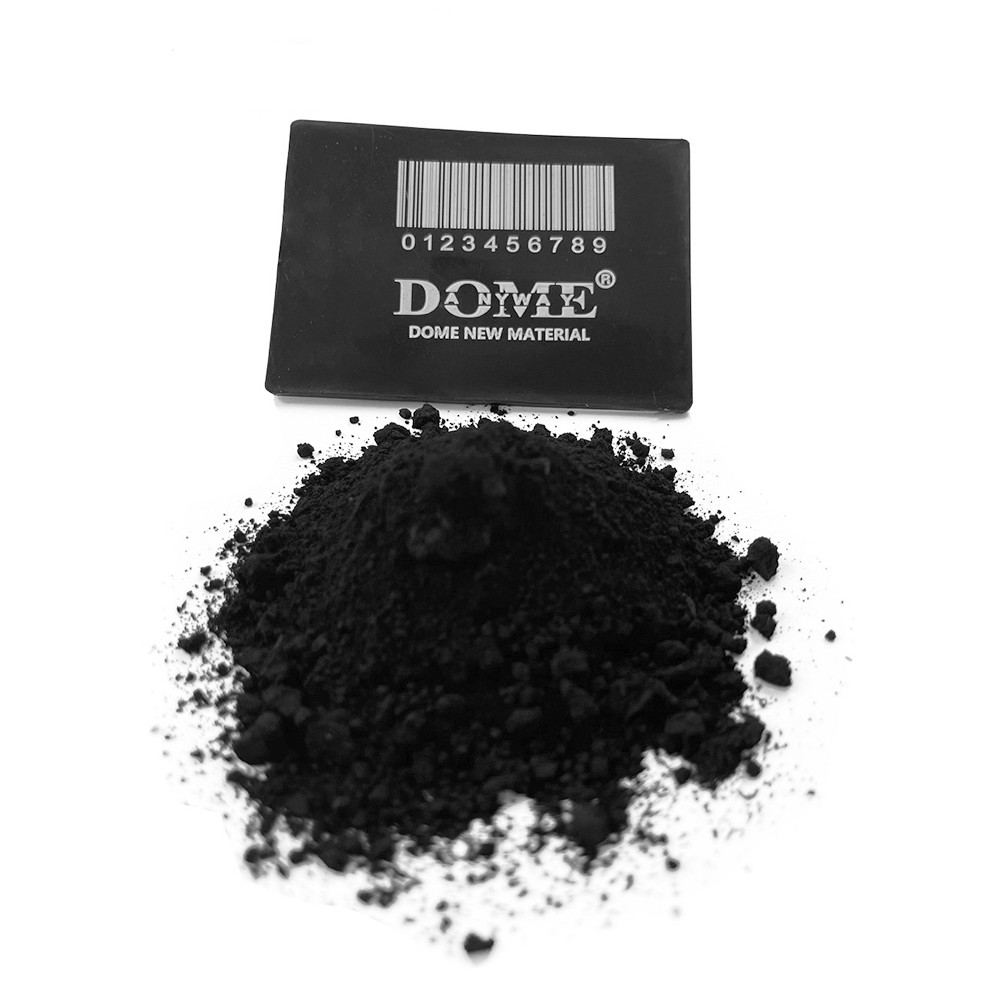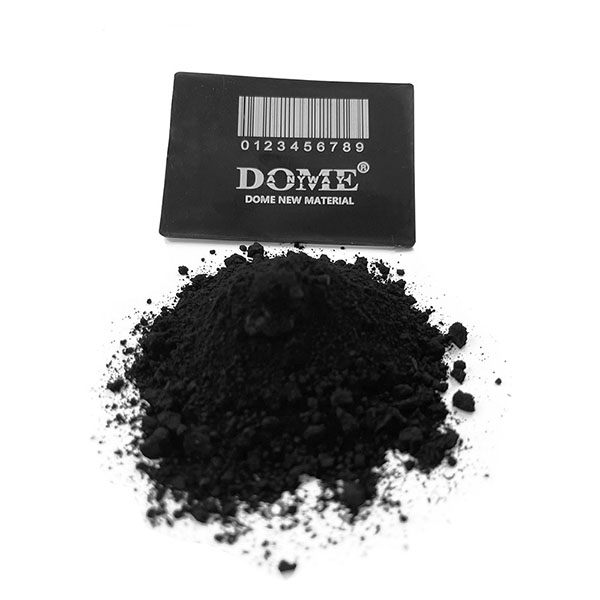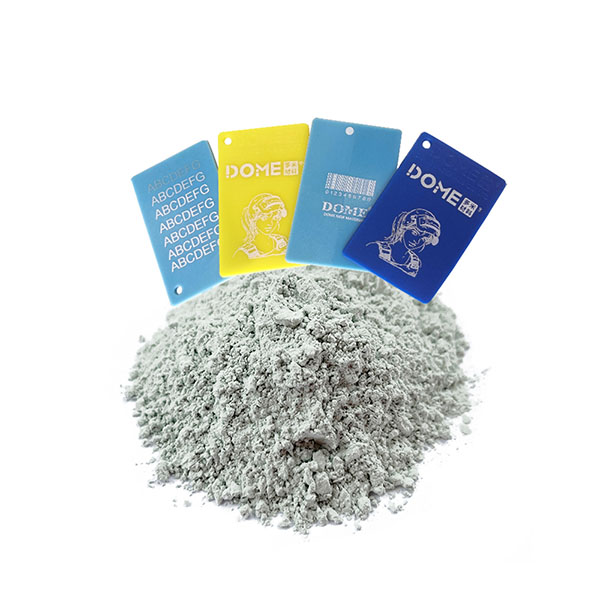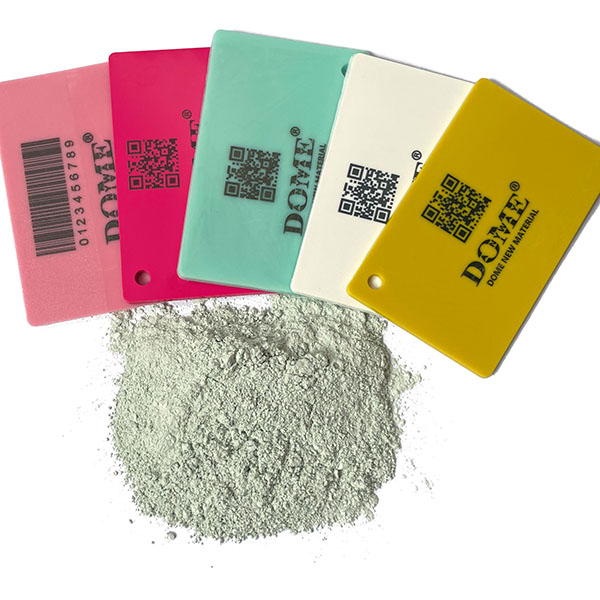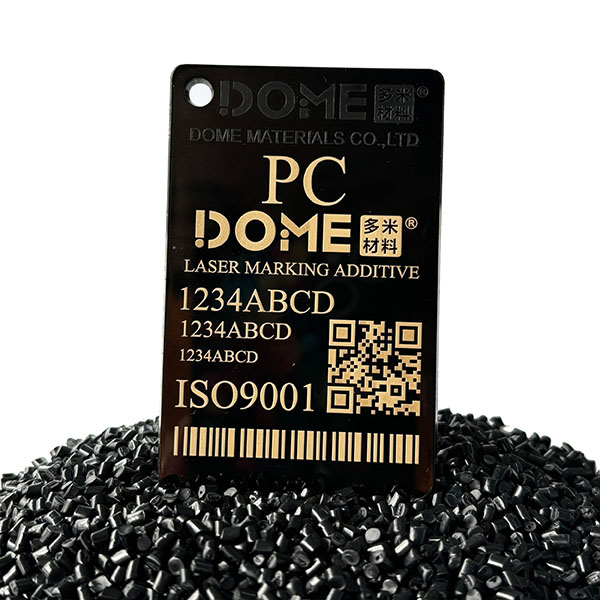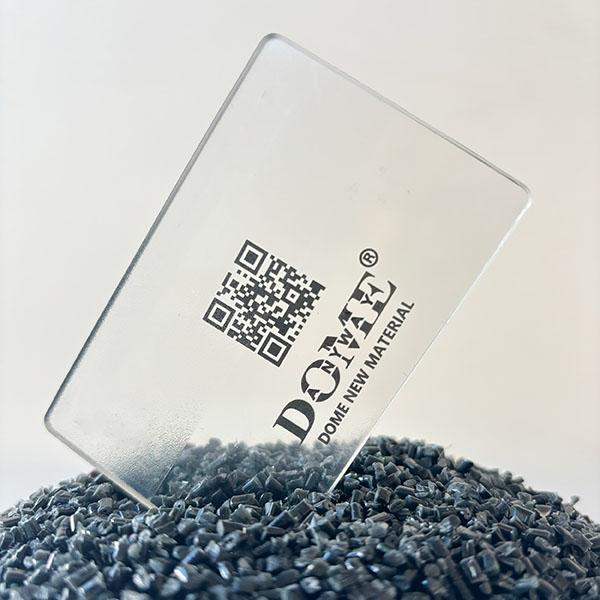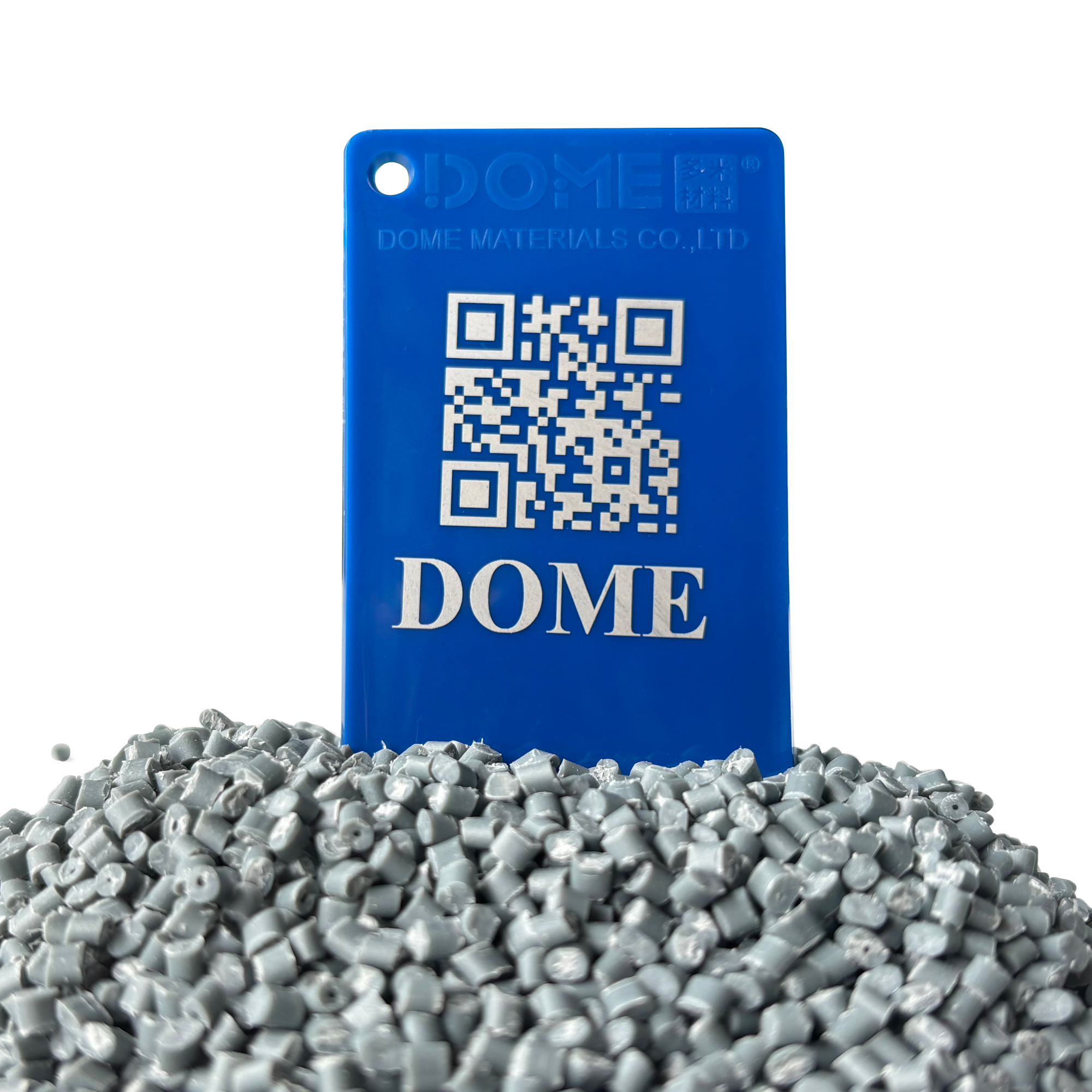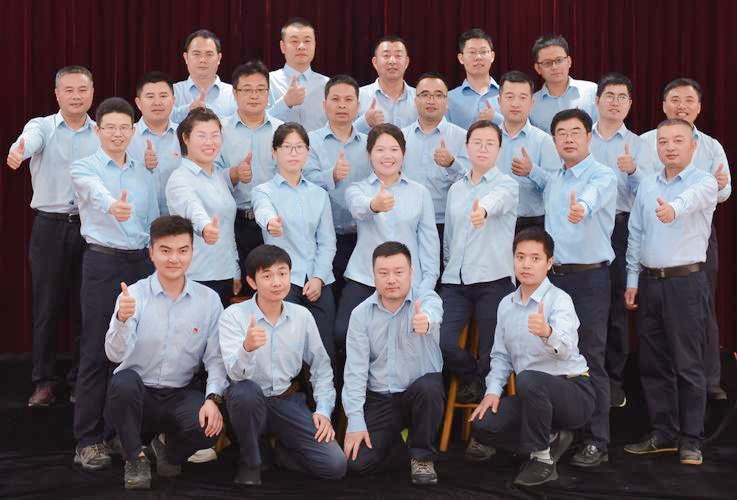Laser Marking Additives: Principles and Core Advantages

Laser marking additives are functional materials widely used in modern manufacturing, significantly enhancing the clarity and durability of laser markings. Their working principle is based on the efficient absorption and conversion of laser energy: when a laser beam irradiates the material’s surface, the additive absorbs the energy and converts it into heat, causing physical or chemical changes (e.g., carbonization or foaming) on the surface to create clear markings.
Different materials respond uniquely to laser marking additives. For instance, polyolefin plastics like PP (polypropylene) and PE (polyethylene), which have low laser absorption, can achieve clear markings by incorporating laser marking additives. Materials like ABS and PC require tailored additives to ensure optimal contrast and clarity while maintaining their inherent properties.
Automotive Manufacturing: Precision Marking and Anti-Counterfeiting

In the automotive industry, laser marking additives enable precise and functional marking of components.
- Interior Component Marking: Laser marking additives allow for clear and durable markings on interior components such as buttons and dashboards. These markings, including symbols and warning signs, are resistant to wear and fading, even under frequent use and harsh conditions. Additionally, the unique reaction between the additive and laser creates markings that are difficult to replicate, effectively preventing counterfeit parts.
- Exterior Component Marking: For parts like engine covers and fuel caps, laser marking additives ensure long-lasting markings of specifications and model information, improving production management efficiency.
Electronics and Appliances: Enhanced Quality and Durable Markings

Laser marking additives play a crucial role in improving the precision and durability of markings in the electronics and appliances sector.
- Keyboard Markings: ABS keyboards with laser marking additives feature sharp and clear markings for letters and symbols that remain intact even after prolonged use, enhancing user experience and product longevity.
- Device Housing: Additives enable precise marking of serial numbers, barcodes, and QR codes on electronic device housings, providing reliable traceability for production, sales, and after-sales services.
- Connectors: For components like HDPE, PET, and PVC connectors, laser marking additives ensure accurate marking of specifications and batch information, facilitating efficient production and usage management.
Personal Care Packaging: Clear and Long-Lasting Information Delivery

Laser marking additives provide reliable solutions for marking in the personal care packaging industry.
- Cosmetic Bottles: Additives enable clear and durable markings of product names, ingredient lists, and expiration dates on bottle surfaces. These markings remain legible throughout the product’s lifecycle, unaffected by friction or moisture.
- Labels: High-precision markings of brand logos, anti-counterfeiting QR codes, and intricate designs on labels enhance brand recognition and provide consumers with convenient anti-counterfeiting verification.
Medical Devices: Traceability and Safety Assurance
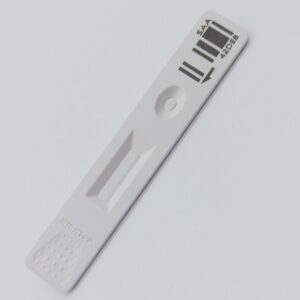
In the medical device industry, laser marking additives are essential for ensuring product safety and quality traceability.
- Surgical Instruments: Instruments like scalpels and forceps feature serial numbers marked with laser additives, acting as “identification cards” for quick and accurate traceability in case of quality issues or recalls.
- Implants: For implants such as pacemakers and artificial joints, laser marking additives ensure markings remain clear throughout their lifespan, providing reliable information for medical examinations and treatments.
Stationery and Home Appliances: Personalized Design and Brand Display
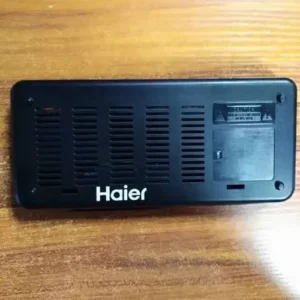
Laser marking additives enhance the aesthetics and functionality of stationery and home appliances.
- Stationery Markings: Rulers and pens can feature precise markings, such as scales, brand logos, or personalized designs, using laser marking additives. These markings are durable and meet consumer demands for both practicality and customization.
- Appliance Housing: Additives enable clear markings of brand logos, energy efficiency labels, and operational instructions on appliance housings, ensuring durability without compromising material quality. For smart appliances, QR codes and serial numbers can also be marked, improving user convenience for registration, maintenance, and software updates.
Transparent Polymers: Balancing Optical Performance and Marking Clarity

Transparent polymers like PC (polycarbonate) and PMMA (polymethyl methacrylate) require high optical performance, and laser marking additives provide a solution for achieving clear markings without compromising transparency.
- PC Materials: Laser marking additives allow for clear markings of product models, production dates, and other information on PC materials, which are widely used in optical instruments and automotive lighting.
- PMMA Materials: Additives enable high-definition markings on PMMA products, such as lens specifications or decorative patterns, ensuring clarity and durability while maintaining the material’s aesthetic and transparency.
Laser Direct Structuring (LDS): A Breakthrough in Electronics Manufacturing

Laser Direct Structuring (LDS) technology, combined with laser marking additives, has revolutionized electronics manufacturing.
- Polymer Substrate Circuits: By guiding laser energy through additives, polymer surfaces can form high-precision metalized circuits widely used in smartphones and wearable devices.
- Ceramic Substrate Applications: Laser marking additives enable the creation of fine circuit patterns on ceramic surfaces, meeting the demands of high-performance electronic devices for insulation and heat resistance.
Conclusion and Outlook
Laser marking additives have demonstrated their indispensable value across industries such as automotive manufacturing, electronics, personal care packaging, and medical devices. They not only meet the needs for traceability, anti-counterfeiting, and brand display but also enhance product quality and competitiveness.
Looking ahead, as technology advances and the demand for customization grows, laser marking additives are poised for broader applications. Future developments may include more environmentally friendly and high-performance additives to meet the stringent requirements of specialized fields. Additionally, with the rapid growth of emerging industries like electric vehicles, AI devices, and advanced medical equipment, laser marking additives will play an increasingly vital role in driving industrial upgrades and technological innovation.

